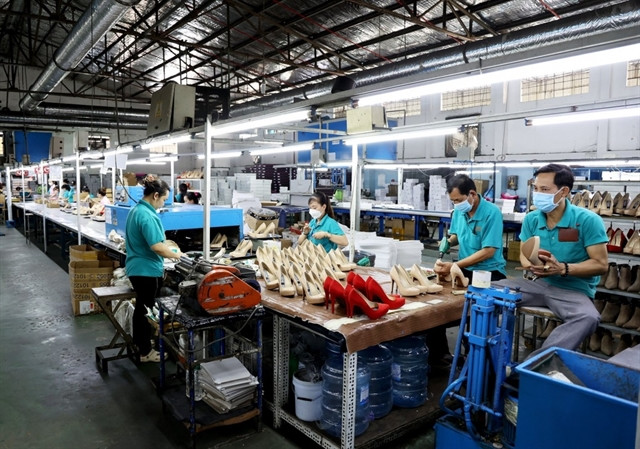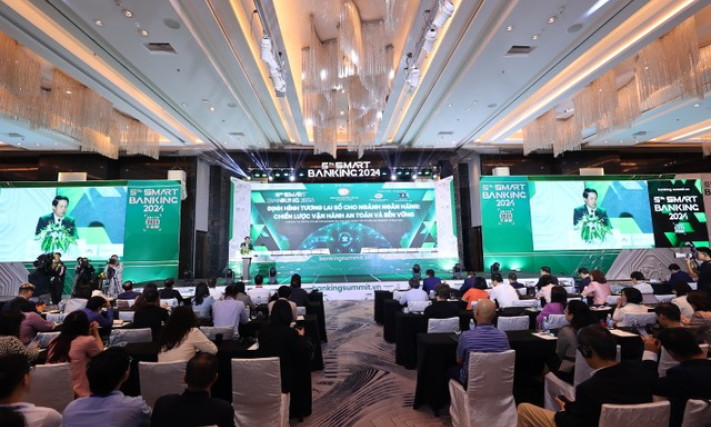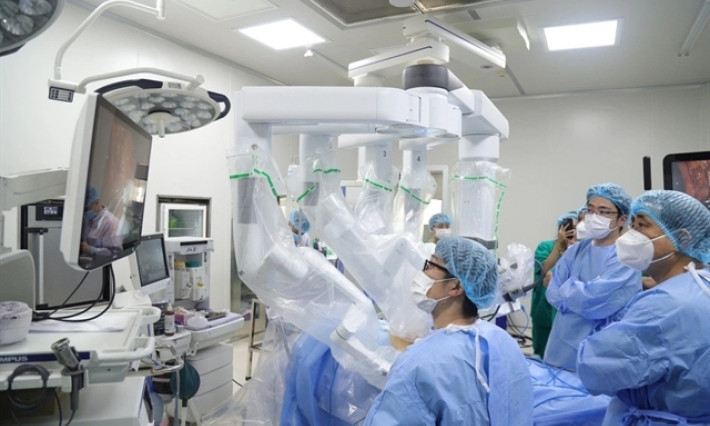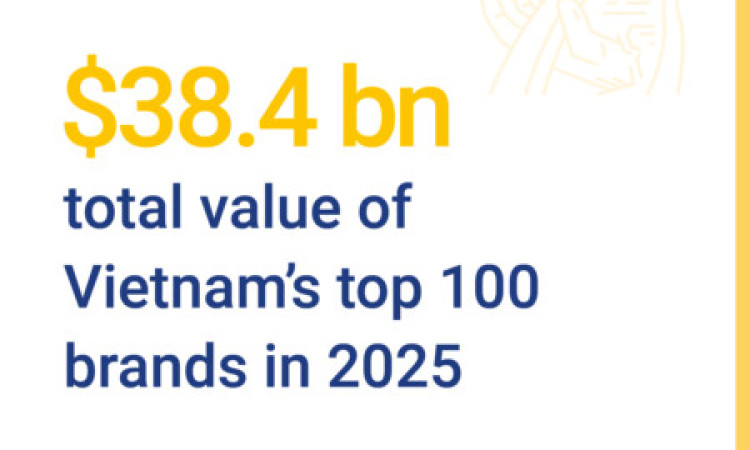SMEs need credit guarantee, tax, IT development supports
The proportion of small and medium-sized enterprises (SMEs) accessing financial resources through the banking system and other formal sources accounts for only 25 per cent.
Besides incentives on credit and interest rate, micro, small and medium enterprises also need to have supports from credit guarantee funds, as well as tax and technology development incentive policies, industry insiders said.
According to a survey of the Central Institute for Economic Management, the proportion of small and medium-sized enterprises (SMEs) accessing financial resources through the banking system and other formal sources accounts for only 25 per cent. The remaining 75 per cent still have to raise capital from friends or informal sources.
Therefore, to support SMEs in loans, Nguyễn Ngọc Hòa, Chairman of the HCM City Business Association, said there needs to be increased transparency in credit approval, as well as continued improvement of credit guarantee funds to make it become more practical.
Sharing the same view, Nguyễn Hoài Nam, General Secretary of the Vietnam Association of Seafood Exporters and Producers (VASEP), said it is necessary to regulate the active participation of existing funds managed by the State and commercial banks to provide capital for SMEs.
In addition, Nam said, commercial banks need to amend lending conditions for small and micro enterprises, agricultural enterprises and households, to expand access to loans for this group. Instead of only allowing assets that are granted ownership and recorded on paper such as land use right certificates to be registered as collateral to borrow bank loans according to Articles 25 and 44 of Decree 99/2022/NĐ-CP, banks should consider invested assets, future formed assets and unsecured assets to be collateral for bank loans, Nam proposes.
Besides the difficulties related to access to capital, there are still challenges related to tax policies, application of new technologies and digital transformation, facing SMEs.
Regarding tax policies, Hòa said small and micro-private enterprises with limited management skills and thin capitalisation, should apply the simplest and least costly tax policies.
Meanwhile, Nam said that it is necessary to thoroughly reform the VAT refund process, avoiding the current slow and prolonged refund process, that causes small enterprises to run out of business capital.
The handling of enterprises’ violations, such as owing taxes or paying taxes late, also needs to be applied fairly or similarly as when tax authorities delay VAT refunds to enterprises, Nam proposed.
Nam added that the corporate income tax policy also should be considered so as not to apply the same tax rate for large enterprises and micro, small enterprises or those in the agricultural-aquatic sector. There should be different levels of incentives to motivate small enterprises and enterprises in the agricultural sector, he suggested.
The technological innovation and digital transformation also shows the disadvantages of small enterprises so they need support. For example, the application of artificial intelligence (AI) is currently popular and requires Vietnamese businesses to grasp, but most small and medium-sized enterprises are still not ready, or remain confused, when applying the new technology.
According to a data released by the digital transformation solutions provider Misa Company, up to 97 per cent of SMEs in Việt Nam encounter some problems in applying AI, such as high costs, limited data storage and lack of operational synchronisation.
In terms of technology development, one of the limitations of small businesses is limited financial resources.
Therefore, they expect to receive more substantial supports in digital transformation, research and development, and technological innovation. For example, in some key industries, it is necessary to establish a technology development fund suitable for export groups, especially the agricultural sector. The fund, which has been implemented successfully in some countries, will be an arm to support additional resources for technology, innovation, and connect investment and market strength to SMEs.






